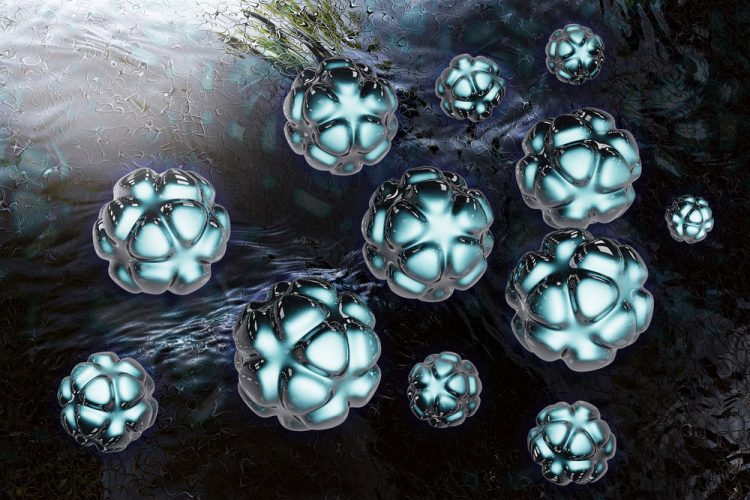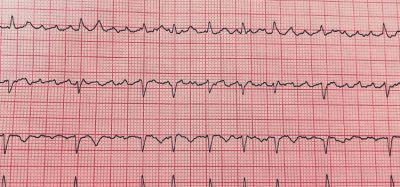In a study of mice, the researchers showed that the particles could shrink tumours and prevent them from growing back.
“What is unique here is we are not only able to use this mechanism to get across the blood-brain barrier and target tumors very effectively, we are using it to deliver this unique drug combination,” says Paula Hammond, a David H. Koch Professor in Engineering, the head of MIT’s Department of Chemical Engineering, and a member of MIT’s Koch Institute for Integrative Cancer Research.
The nanoparticles used in this study are based on particles originally designed by Hammond and former MIT graduate student Stephen Morton, who is also an author of the new paper. These spherical droplets, known as liposomes, can carry one drug in their core and the other in their fatty outer shell.
To adapt the particles to treat brain tumours, the researchers had to come up with a way to get them across the blood-brain barrier, which separates the brain from circulating blood and prevents large molecules from entering the brain.
The researchers found that if they coated the liposomes with a protein called transferrin, the particles could pass through the blood-brain barrier with little difficulty. Furthermore, transferrin also binds to proteins found on the surface of tumour cells, allowing the particles to accumulate directly at the tumour site while avoiding healthy brain cells.
This targeted approach allows for delivery of large doses of chemotherapy drugs that can have unwanted side effects if injected throughout the body. Temozolomide, which is usually the first chemotherapy drug given to glioblastoma patients, can cause bruising, nausea, and weakness, among other side effects.
Building on prior work from Scott Floyd, and Michael Yaffe, a David H. Koch Professor of Science and member of the Koch Instituteon the DNA-damage response of tumours, the researchers packaged temozolomide into the inner core of the liposomes, and in the outer shell, they embedded an experimental drug called a bromodomain inhibitor. Bromodomain inhibitors are believed to interfere with cells’ ability to repair DNA damage. By combining these two drugs, the researchers created a one-two punch that first disrupts tumour cells’ DNA repair mechanisms, then launches an attack on the cells’ DNA while their defences are down.
The researchers tested the nanoparticles in mice with glioblastoma tumours and showed that after the nanoparticles reach the tumour site, the particles’ outer layer degrades, releasing the bromodomain inhibitor JQ-1. About 24 hours later, temozolomide is released from the particle core.
The researchers’ experiments revealed that drug-delivering nanoparticles coated with transferrin were far more effective at shrinking tumours than either uncoated nanoparticles or temozolomide and JQ-1 injected into the bloodstream on their own. The mice treated with the transferrin-coated nanoparticles survived for twice as long as mice that received other treatments.
“This is yet another example where the combination of nanoparticle delivery with drugs involving the DNA-damage response can be used successfully to treat cancer,” says Prof Yaffe.
In the mouse studies, the researchers found that animals treated with the targeted nanoparticles experienced much less damage to blood cells and other tissues normally harmed by temozolomide. The particles are also coated with a polymer called polyethylene glycol (PEG), which helps protect the particles from being detected and broken down by the immune system. PEG and all of the other components of the liposomes are already FDA-approved for use in humans.
“Our goal was to have something that could be easily translatable, by using simple, already approved synthetic components in the liposome,” Lam says. “This was really a proof-of-concept study [showing] that we can deliver novel combination therapies using a targeted nanoparticle system across the blood-brain barrier.”
JQ-1, the bromodomain inhibitor used in this study, would likely not be well-suited for human use because its half-life is too short, but other bromodomain inhibitors are now in clinical trials.
The researchers anticipate that this type of nanoparticle delivery could also be used with other cancer drugs, including many that have never been tried against glioblastoma because they couldn’t get across the blood-brain barrier.
“Because there’s such a short list of drugs that we can use in brain tumours, a vehicle that would allow us to use some of the more common chemotherapy regimens in brain tumours would be a real game-changer,” Dr Floyd, says. “Maybe we could find efficacy for more standard chemotherapies if we can just get them to the right place by working around the blood-brain barrier with a tool like this.”











excellent articles…. good leads for new ideas and research